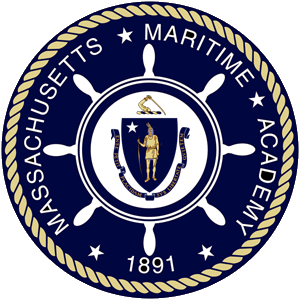Checks on the cooling water and associated equipment:
a. Checks all valves to ensure system is lined up for operation;
b. Starts motor-driven cooling-water pump, if necessary;
c. Ensures systems have adequate pressure and flow;
d. Vents cooling-water heat exchangers, using the vent cocks or vent valves on the heat-exchanger shells;
e. Re-checks water level in freshwater expansion tanks for adequacy; and
f. Verifies above actions are indicated on the control panel;
Checks on lube-oil system;
a. Checks that all valves and pumps are lined up for proper operation;
b. Ensures cooling-water system is on line and operational;
c. Checks sump level for adequate supply;
d. Checks all necessary temperatures and pressures for normal operating conditions; and
e. Verifies above actions are indicated on control panel;
After obtaining permission from the bridge, checks for open indicator cocks and rotates engine on engine-turning gear;
Checks indicator cocks for water and disengages jacking gear;
Checks on the air system:
a. Ensures all tanks are charged;
b. Checks valves to ensure system is properly lined up;
c. Ensures compressors are properly lined up and ready;
d. Checks associated systems (reducers and dryers) for proper operation and flow; and
e. Verifies above actions are indicated on control panel
Drains start air receivers and start air headers of moisture;
Takes appropriate action to eliminate moisture;
Restores valves and indicator cocks to their operating positions;
Verifies all system indicators and alarm systems for proper operation;
Completes all necessary checks on fuel-oil system;
a. Lines up and primes fuel system;
b. Checks to ensure sufficient clean fuel for anticipated engine operation is available;
c. Starts fuel-oil purifier systems and fuel-oil transfer system in support of vessel power plant operational requirements;
d. Checks heaters, filters, and pumps for acceptable operation;
e. Checks all fuel oil heating equipment;
f. Checks temperatures and pressure for normal operating conditions; and
g. Verifies that the above actions are indicated on control panels;
Starts engine, following all proper procedures for the type of starting system in use and in accordance with the manufacturer’s recommendations, ship’s procedures, and standing orders;
Verifies voice communication, correct time, and Engine Order Telegraph setting with bridge;
Correctly describes actions as they are being performed; and
Takes proper action to prevent safety and pollution violations
